In August, Nissan announced the first 2.0-liter mass-produced supercharged gasoline engine with variable compression ratio (VCR - Variable Compression RaTIo) to be used in the next generation Infiniti QX50. The car will be officially unveiled at the Paris International Motor Show in September. This is the first mass-produced engine since the major companies began researching such technologies at the end of the last century. This move is of great significance to the development direction of internal combustion engines.
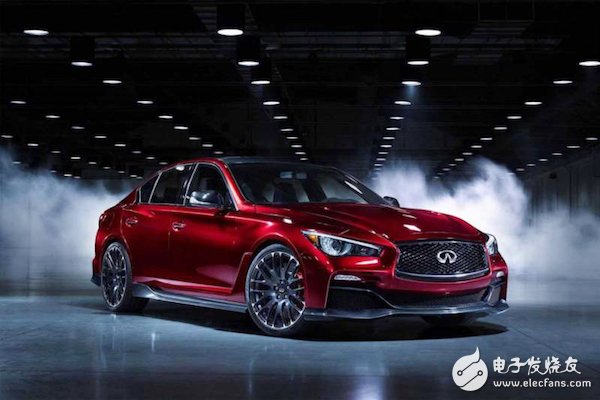
Infiniti Q50 This 2.0-liter gasoline engine has a maximum power of 200kW (the power data is similar to the current mainstream 90-100kW/L), and the maximum torque is 390Nm, which is equivalent to the current 3.5-liter V6 engine that Infiniti is using, so it will replace it in the future. 3.5 liter naturally aspirated engine.
According to Nissan's data, the new 2.0-liter product can reduce fuel consumption by 27% compared to the 3.5-liter engine (which also proves the improvement of moderate small-quantity quantification from one side). What has been done for this is the VCR technology that can be changed between 8:1 and 14:1. In addition, this engine will also be equipped with dual-injection technology (airway injection + direct injection in the cylinder) to control particulate emissions.
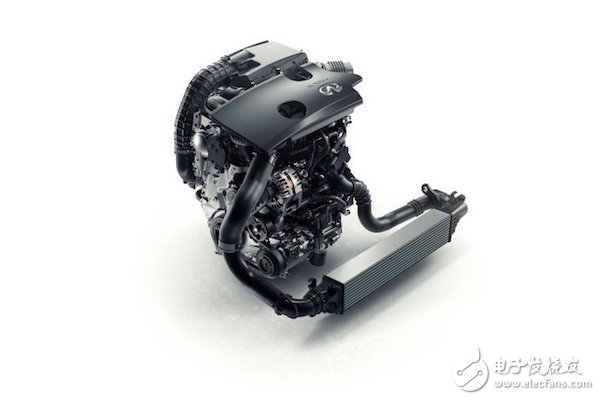
The compression ratio is one of the core differences between a naturally aspirated engine and a supercharged engine. In order to overcome the knocking problem, the supercharged engine needs to reduce the compression ratio, and this move will reduce the efficiency of the engine. With the VCR Variable Compression RaTIo, high compression ratios can be used to increase efficiency at low loads and compression ratios at high loads to overcome knock. In fact, just like EFI, diesel common rail, variable valve timing and other technologies, more intelligent control systems are added to the internal combustion engine to adapt to different occasions, just like drinking champagne in formal occasions, watching beer in the European Cup, æ’¸Strings should drink Erguotou.
The figure below compares the effects of different compression ratios for the same intake and injection volumes. The high compression ratio (CR) cannot achieve maximum efficiency due to knock limits (maximum engine output load BMEP). While the low compression ratio can achieve local optimization of BMEP, the low compression ratio leads to the limitation of the maximum potential of BMEP. So the best compression ratio is always the result of the trade-offs of each parameter.

Compression ratio and efficiency trade-offs (from SAE paper 2003-01-0398) Xiaobian believes that this technology has greater potential for application on gasoline engines, because the compression ratio of diesel engines is generally around 15 (of course, diesel engines will also be the largest at full load). The VCR can still help the cylinder pressure limit, while the gasoline engine generally has a compression ratio of around 10, which improves the space.
The application of this technology will help resolve the contradiction between pressurization and self-priming. The compression ratio of Mazda SkyAcTIve is around 14-15, and the common supercharged engine on the market is also around 10, which is the purpose of Nissan to determine the compression ratio range of 8-14. Mazda can also use the supercharged engine with peace of mind in the future (actually Mazda was also developing a supercharged engine, but did not use the VCR for the time being). The supercharged engine does not have to worry about the loss of compression ratio. (Moms no longer have to worry about the difficulty of the engineer’s child between the self-priming and the booster.)
In fact, Nissan has been in the VCR field for a long time. Nissan registered related patents in 2009 and 2014. The following two figures are the Nissan registered patents, and the mass production VCR technology. The two are very similar, with a motor actuator fixed to the side of the engine controlling a set of MulTI-link linkages to change the engine compression ratio.
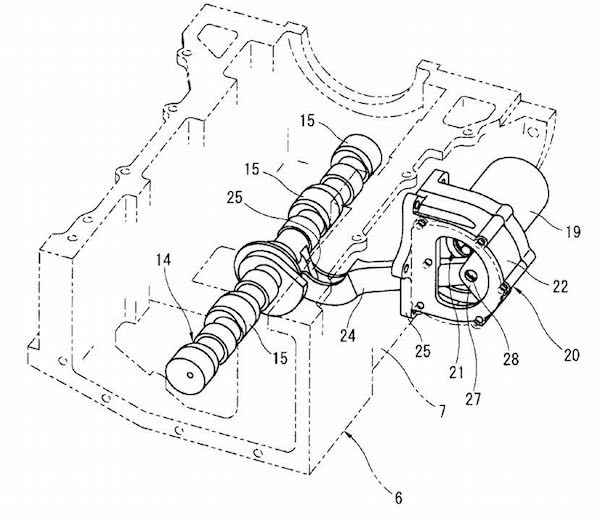

Nissan's 2014 VCR patent
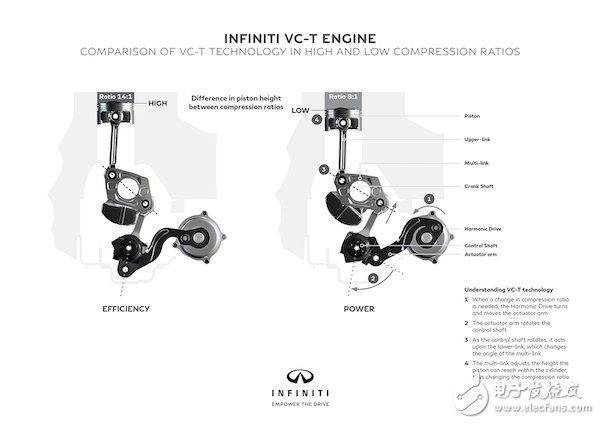
Daily production VCR technical description (by adjusting the lower connecting shaft angle to adjust the compression ratio, the left side is high compression ratio, the right side is low compression ratio) In fact, in addition to Nissan, Mercedes-Benz, Ford, Peugeot, Saab and other car companies Have an attempt on the VCR. The consulting company FEV also has related technical products. At the same time, VCR technology has many forms of implementation, in addition to this multi-link linkage mechanism, there are variable cylinder head structure, variable piston top structure, variable Conrod connecting rod structure, eccentric wheel, etc. Various ways to change the compression ratio.
However, the mechanism of the Multi-link scheme is far from the high temperature and high stress combustion chamber area, and most of the parts are not in the high speed region, which is relatively more reliable in terms of durability, and also ensures that the additional friction loss does not increase too much. However, the shortcomings are also obvious, that is, the overall design of the internal combustion engine has changed a lot, and it cannot be directly applied to existing engines like the FEV variable Conrod products.
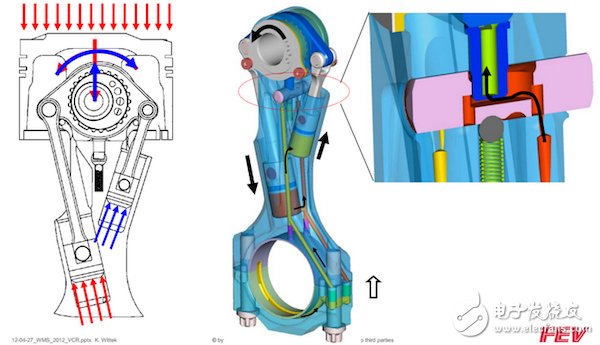
FEV variable compression ratio linkage technology In short, the cost of using VCR technology is relatively large, but the advantages are also obvious, and the fuel consumption improvement of 5% or more is completely expected. The mass production of Nissan this time also represents a big step in the process of commercialization of technology.
Advantages and disadvantages of VCRIn fact, the VCR and the Miller and Atkinson cycles have similarities. They all change the compression ratio or expansion ratio of the engine in various ways to optimize the thermal efficiency. The advantage of the Miller and Atkinson cycles is that the implementation is relatively simple, and by changing the intake time, it does not cause excessive changes to the engine infrastructure (the most primitive Atkinson is actually a VCR-like technology). But Miller and Atkinson's biggest disadvantage is the loss of in-cylinder tumble (which directly affects combustion efficiency), which in some cases can even result in nearly half of the theoretical fuel consumption improvement potential being lost.
In contrast, the disadvantage of VCR is the cost and implementation difficulty. It is precisely because of this, Xiaobian boldly guessed that VCR technology may not be widely popularized at an extremely fast rate. However, the mass production application of this technology brings a very straightforward option to the future development of gasoline engines. At the same time, this also paved the way for FEV technology. More importantly, VCR and Miller can be applied simultaneously to achieve greater design freedom (although the cumulative improvement potential is slightly reduced).
Automotive Push Button Switches
Automotive Push Button Switches
Automotive Push Button Switches, also called Push Button Starter Switch, is one kind of switches to turn on the car. As for the Automotive Switches , we have Automotive Push Button Switches, Automotive Toggle Switches, Automotive Rocker Switches, Automotive Rotary Switches and Automotive Battery Switches for our customers to choose.
The Starter button switches mainly based on the car button switch. The main function is to start the car, switch on the car power supply or start the car internal equipment. The automotive starter switch is mainly based on DC current and voltage, and has a wide range of dimensions. The installation size ranges from 8.5mm to 22mm directly.
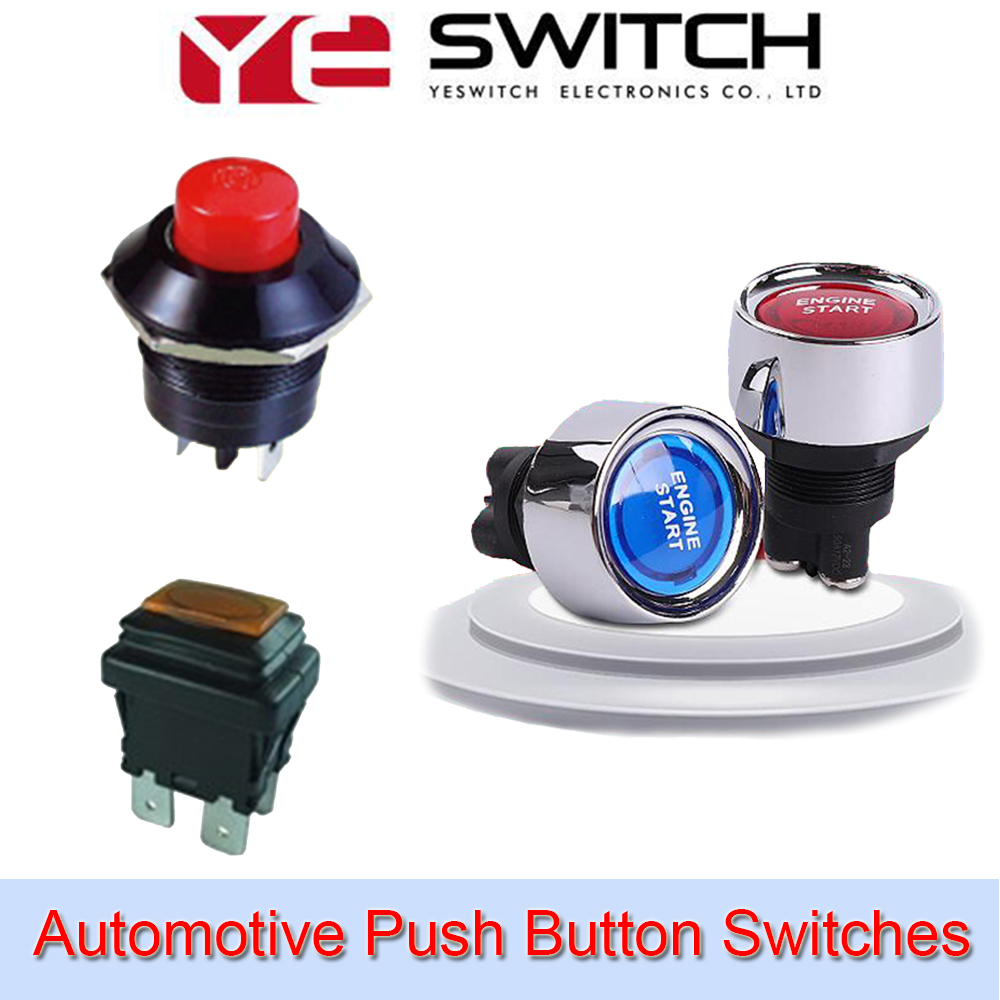
Our push button switches can be matched with the dust proof and waterproof cap. When the car equipment is working in a harsh environment, our Yeswitch car start button switch could still be regularly used.
Our variety of Automotive Momentary Push Button Switch, can match different colors and different appearances of dust-proof and waterproof caps, dust-proof and waterproof grade can reach IP67 grade. Along with excellent electrical life times, high load current and voltage, our Yeswitch start button switch is not limited to automotive field , heavy machinery, and ships are also widely recognized by customers.
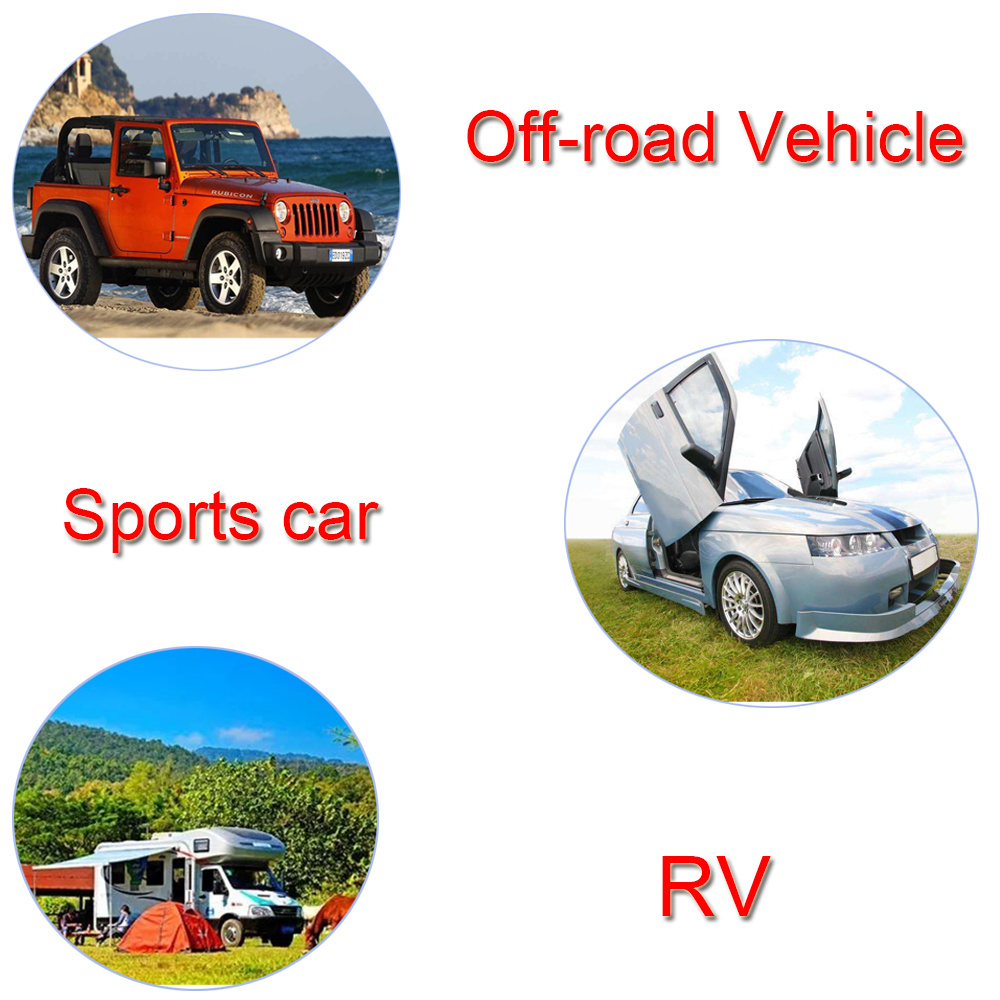
Automotive Push Button Switches,Antique Push Button Switch,Micro Push Button Switch,Mini Push Button Switch
YESWITCH ELECTRONICS CO., LTD. , https://www.yeswitches.com